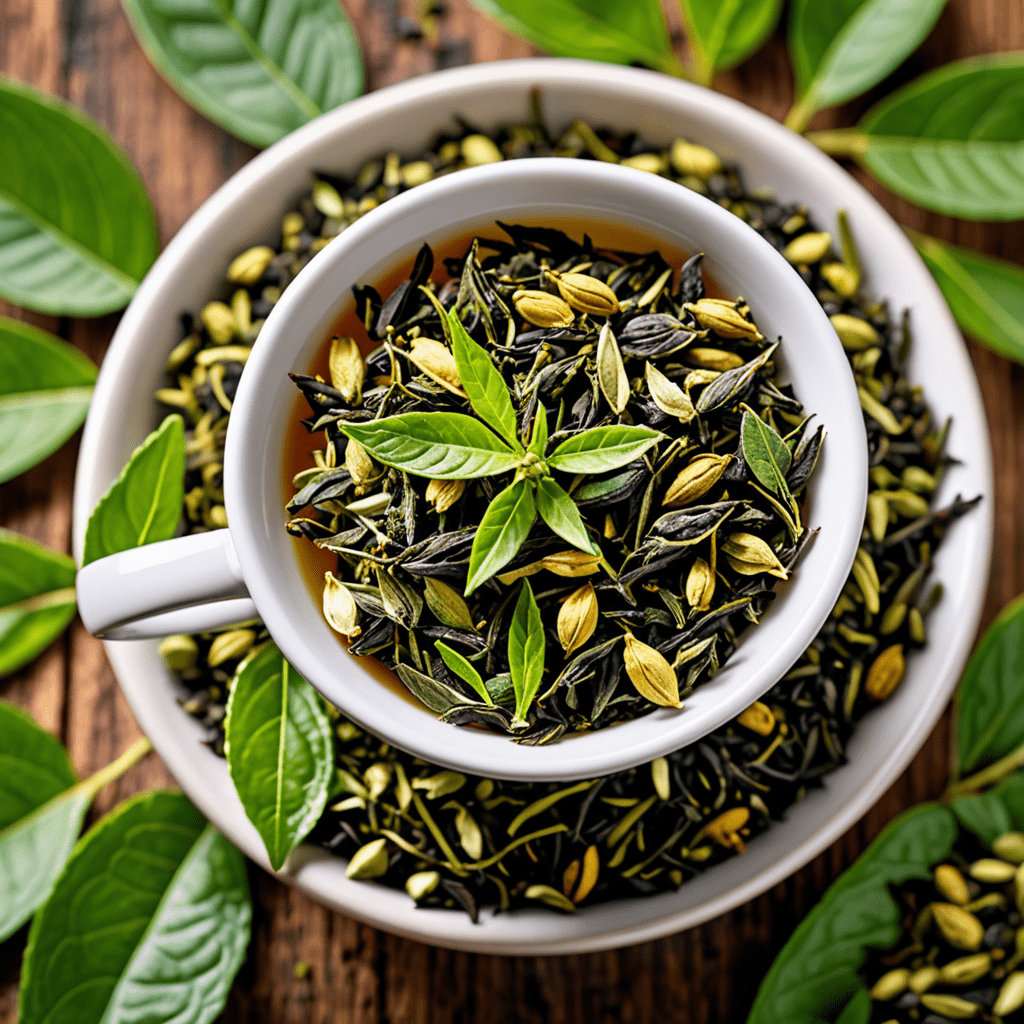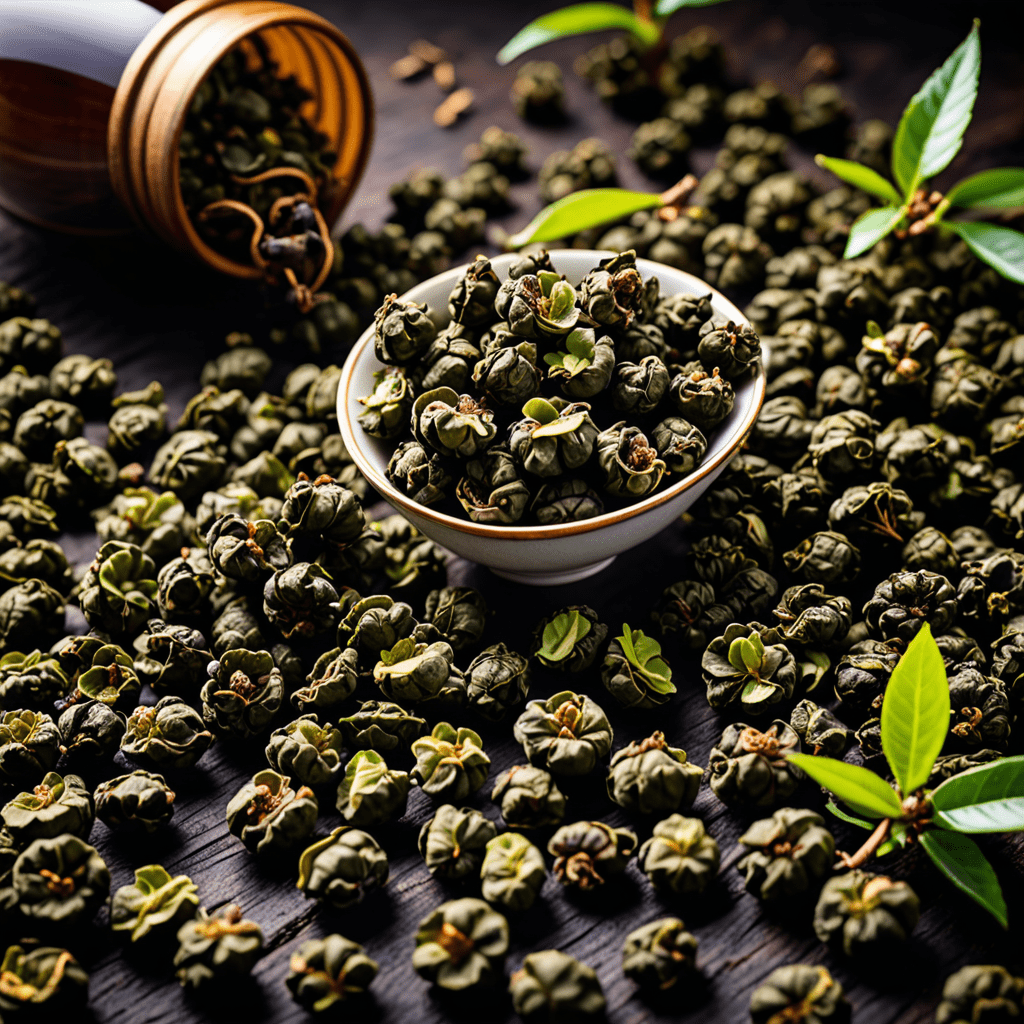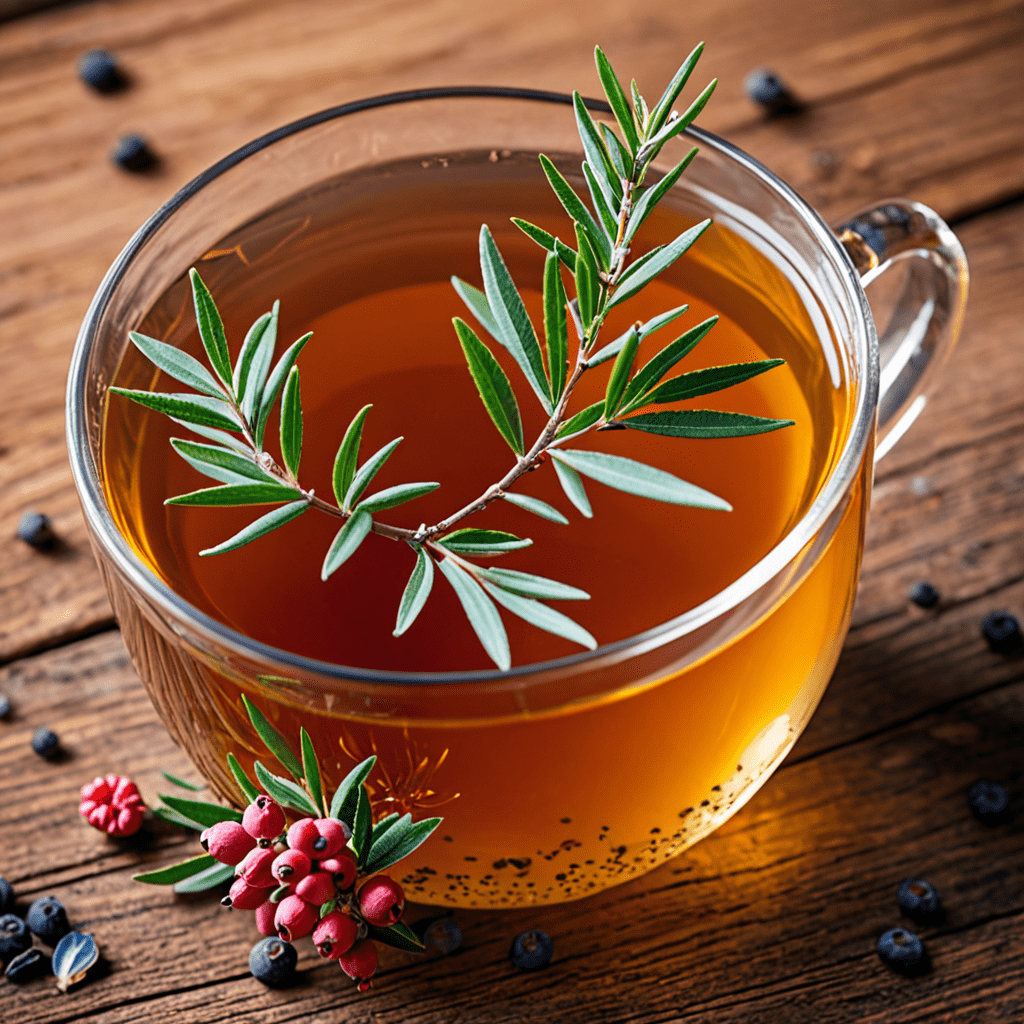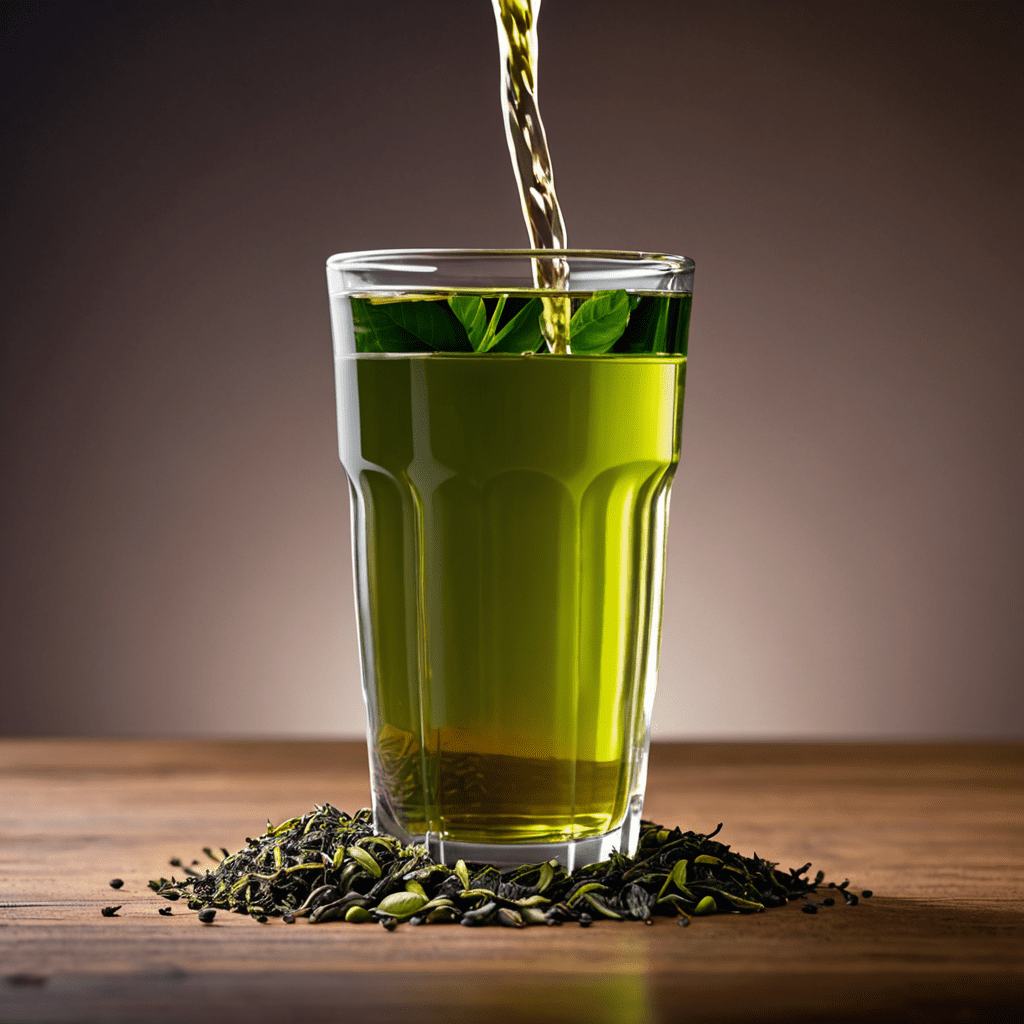
Unlock the Natural Goodness: Exploring the Herbal Blend in Green Tea
Green tea is famous for its numerous health benefits and refreshing taste. While it is primarily made from the leaves of the Camellia sinensis plant, there is often confusion about the herbs and spices included in different varieties of green tea. In this article, we will delve into the herbal blend commonly found in green tea, uncovering the tantalizing flavors and added health benefits.
The Camellia Sinensis Plant: The Foundation of Green Tea
Before we dive into the herbal blend, it’s essential to understand that green tea is primarily derived from the Camellia sinensis plant. This evergreen shrub is native to East Asia and is widely cultivated in countries like China, Japan, and India for its tea leaves. These leaves undergo various processes to produce the distinct flavors of green tea.
Herbal Companions: Common Herbs Found in Green Tea
- Mint: The refreshing taste of mint often enhances the flavor profile of green tea. It provides a cooling sensation and contributes to a soothing and aromatic experience.
Lemon Verbena: Known for its lemony scent, lemon verbena acts as an excellent companion to green tea. It adds a bright, citrusy note and a touch of natural sweetness.
Jasmine: Often used to infuse an enticing floral aroma, jasmine flowers create a harmonious blend with green tea. Jasmines’ delicate and fragrant notes can elevate your tea-drinking experience.
Chamomile: Renowned for its calming properties, chamomile flowers are occasionally added to green tea blends to create a soothing and comforting beverage. It adds a subtle floral flavor and aroma.
Ginger: With its strong and spicy kick, ginger provides an invigorating twist to green tea. It adds warmth and a unique earthy taste that complements the tea’s natural flavors.
Ginseng: Sometimes included for its potential health benefits, ginseng is believed to enhance mental clarity and boost energy levels. It adds a slightly bitter and earthy taste to the green tea concoction.
Some blends may also incorporate other herbs such as lemongrass, lavender, or hibiscus, offering a delightful array of flavors and aromas.
Health Benefits of Herbs in Green Tea
The herbal companions found in green tea not only enhance the taste but also contribute their own health benefits. Here are a few potential advantages associated with these herbs:
- Mint: Known for its digestive properties, mint can help alleviate indigestion and soothe an upset stomach.
Lemon Verbena: Rich in antioxidants, lemon verbena may have immune-boosting effects and could potentially aid in digestion.
Jasmine: Jasmine flowers are believed to have a calming effect and may help reduce stress and anxiety.
Chamomile: Often used as a sleep aid, chamomile can promote relaxation and improve sleep quality.
Ginger: Ginger is known for its anti-inflammatory properties and can aid in digestion and relieve nausea.
Ginseng: Ginseng is considered an adaptogenic herb, which means it may help the body cope with stress and increase resilience.
Brewing Tips: Maximizing the Herbal Blend in Green Tea
To fully enjoy the herbal blend in green tea, here are a few brewing tips:
- Temperature: Green tea is best brewed at around 175°F (80°C). Steeping at higher temperatures risks scorching the leaves and causing a bitter taste.
Steeping Time: To avoid bitterness, steep green tea for no longer than 2-3 minutes. You can adjust the steeping time depending on your personal preference and desired strength.
Proportions: Use approximately one teaspoon of loose green tea leaves per cup of water. Adjust the amount based on your taste preference.
Infusion Method: While different methods exist, using a teapot or infuser with ample room for the leaves to expand is recommended. This allows for proper infusion and optimal flavor extraction.
##FAQ: Common Questions about the Herbal Blend in Green Tea
Q1: Is green tea with herbs healthier than plain green tea?
A: Green tea with herbs offers additional flavor profiles and potential health benefits associated with the herbs. However, plain green tea still retains its numerous health benefits and is a great choice for those who prefer a more traditional taste.
Q2: Can I blend my own green tea with different herbs?
A: Absolutely! Experimenting with different herbs and creating your own blends can be an exciting and personalized tea-drinking experience. Ensure the herbs you choose are safe for consumption and beware of the proportions to maintain a balanced flavor.
Q3: Are there any herbs I should avoid combining with green tea?
A: While there are no hard and fast rules, some herbs may overpower the delicate flavor of green tea. It’s a matter of personal taste. It’s best to start with small quantities and gradually adjust the proportions to find the perfect balance.
Q4: Can I reuse the herbs in green tea for subsequent infusions?
A: Depending on the herbs used, some may lose their flavors and benefits after the initial infusion. Others, like mint or chamomile flowers, can be reused for subsequent infusions, but the flavor intensity may diminish.
Unlocking the natural goodness of green tea goes beyond the Camellia sinensis plant. The herbal blend adds depth, flavor, and potential health benefits to your cup. Experiment with different blends and brewing methods to find the perfect cup of herbal-infused green tea that suits your palate and well-being. Cheers to embracing the world of green tea’s herbal companions!


